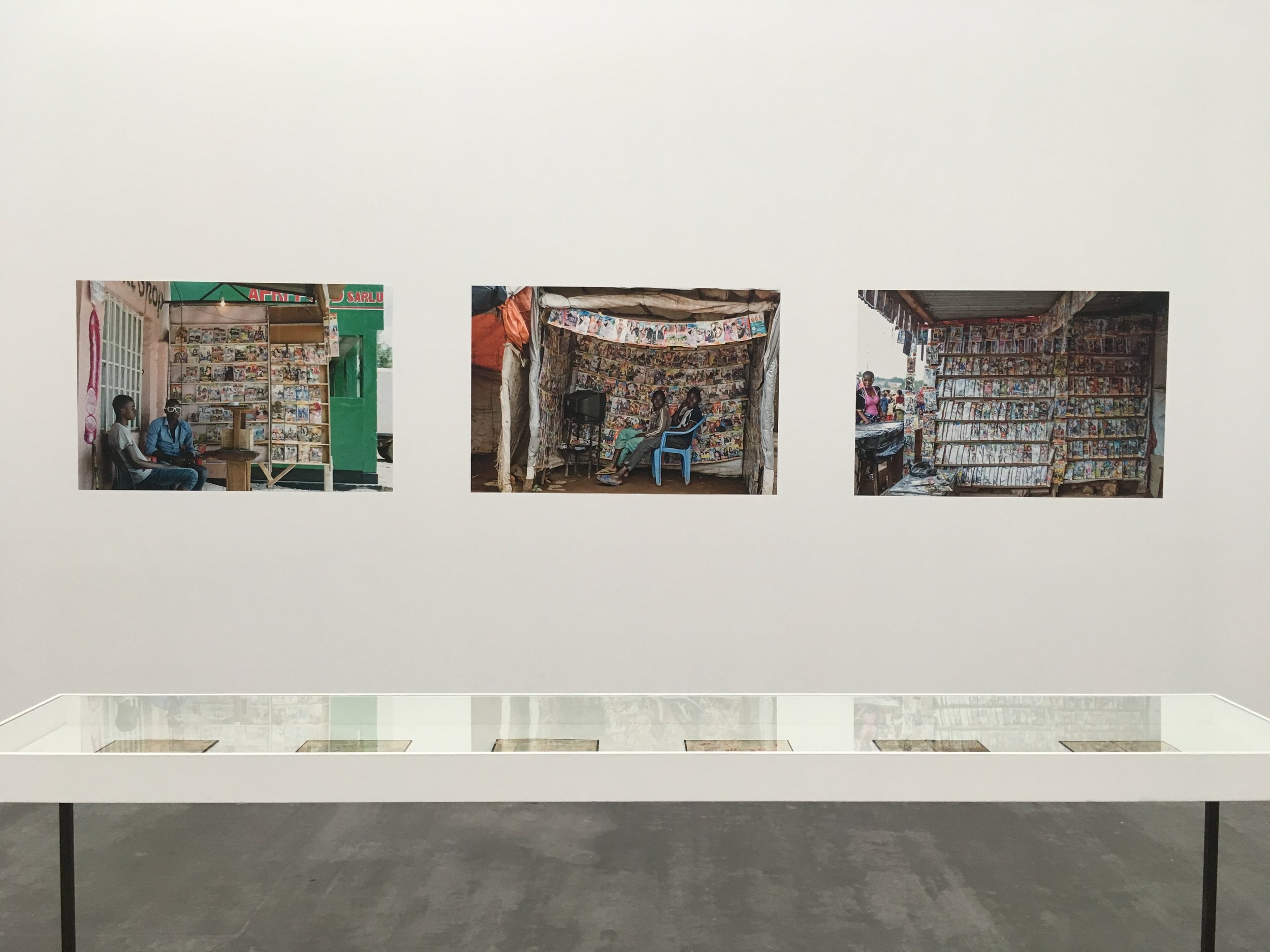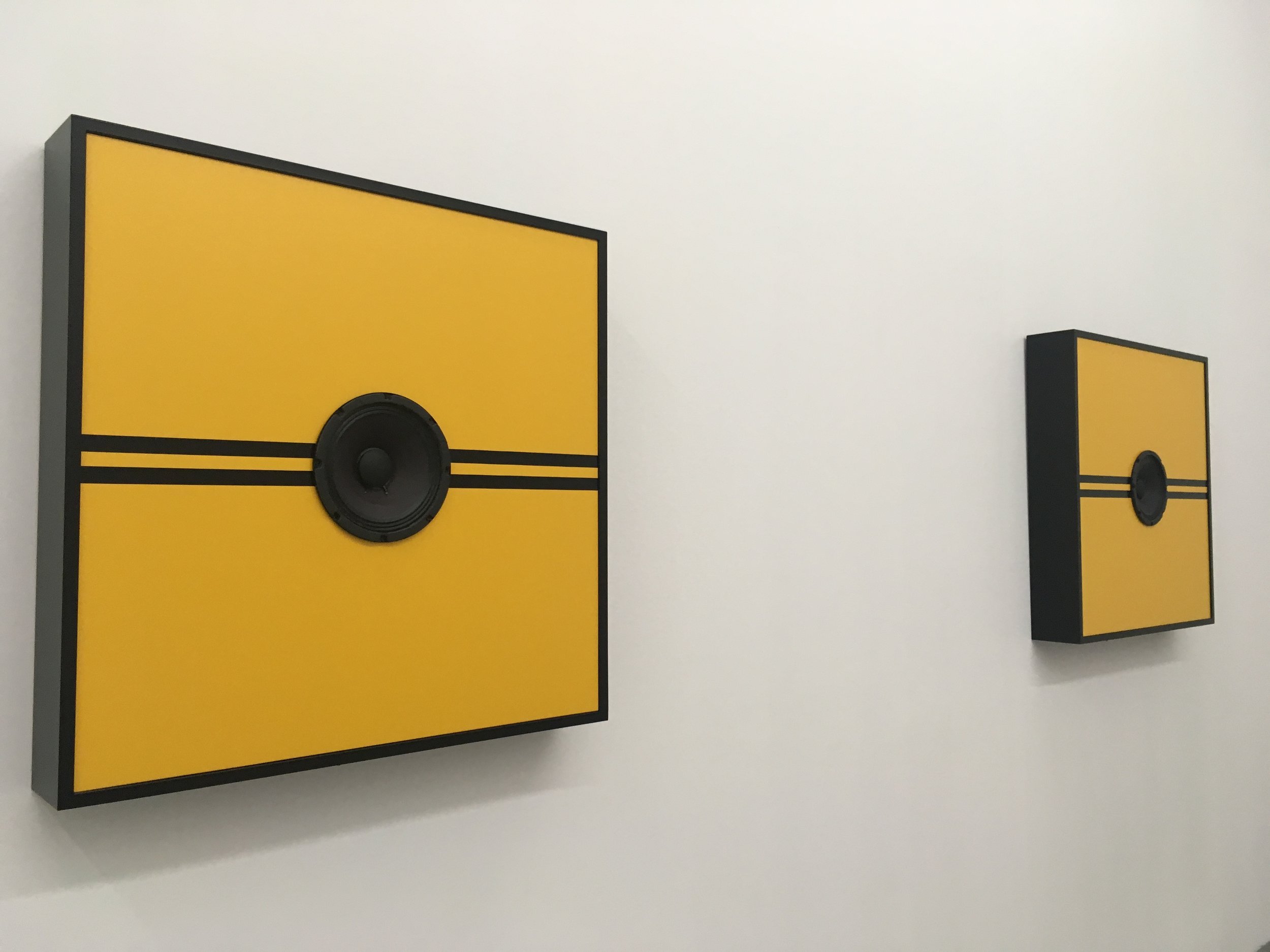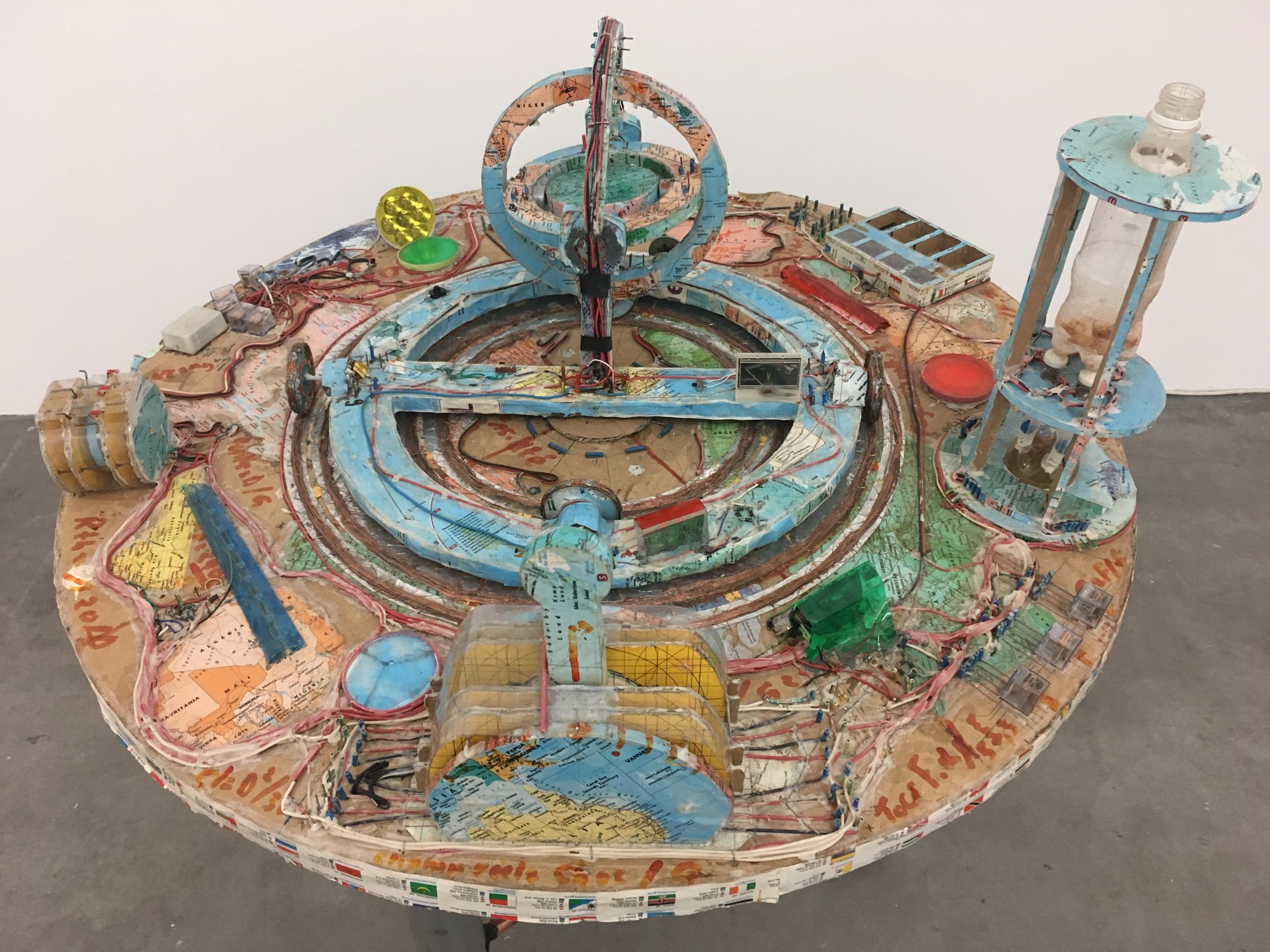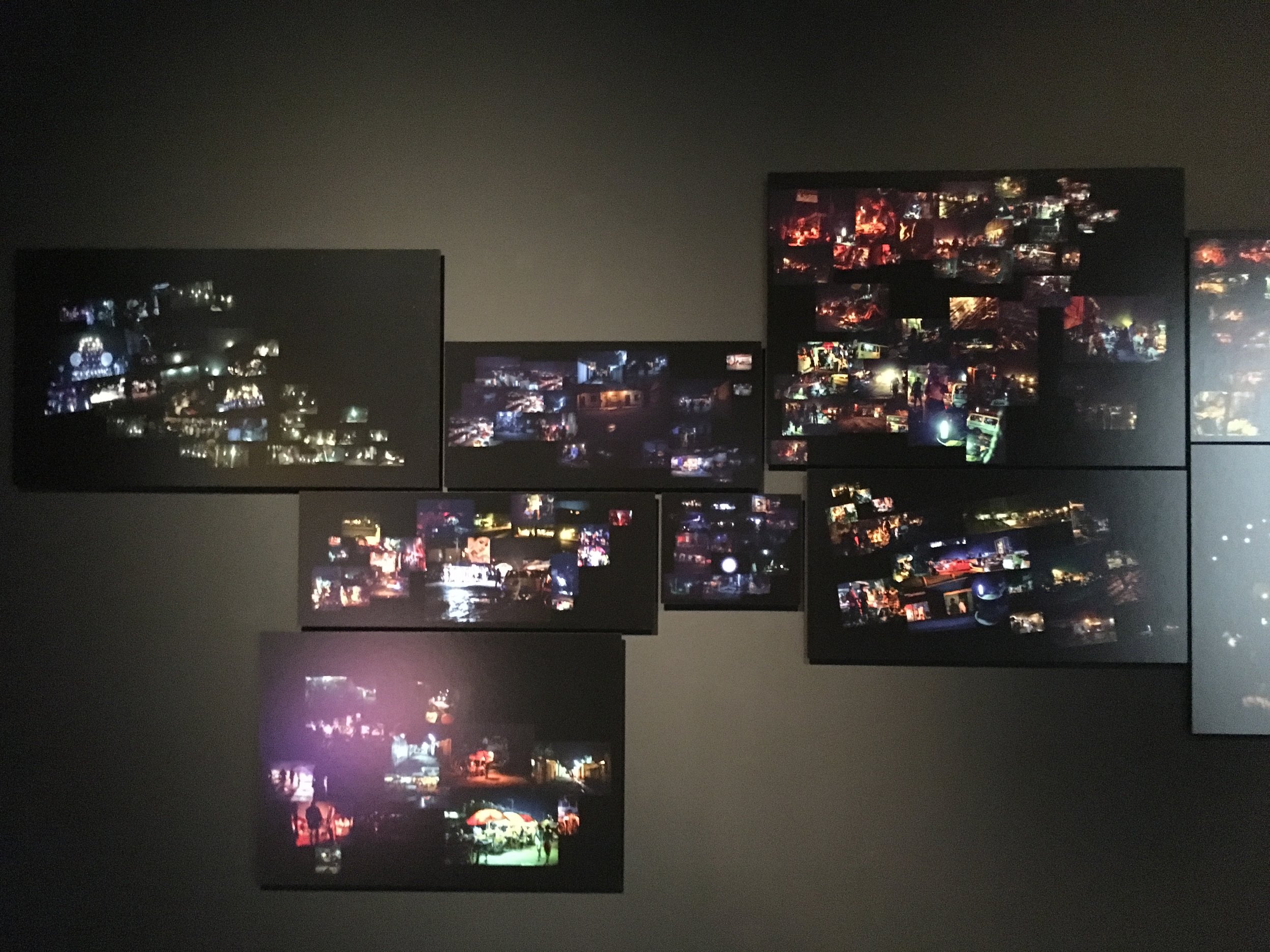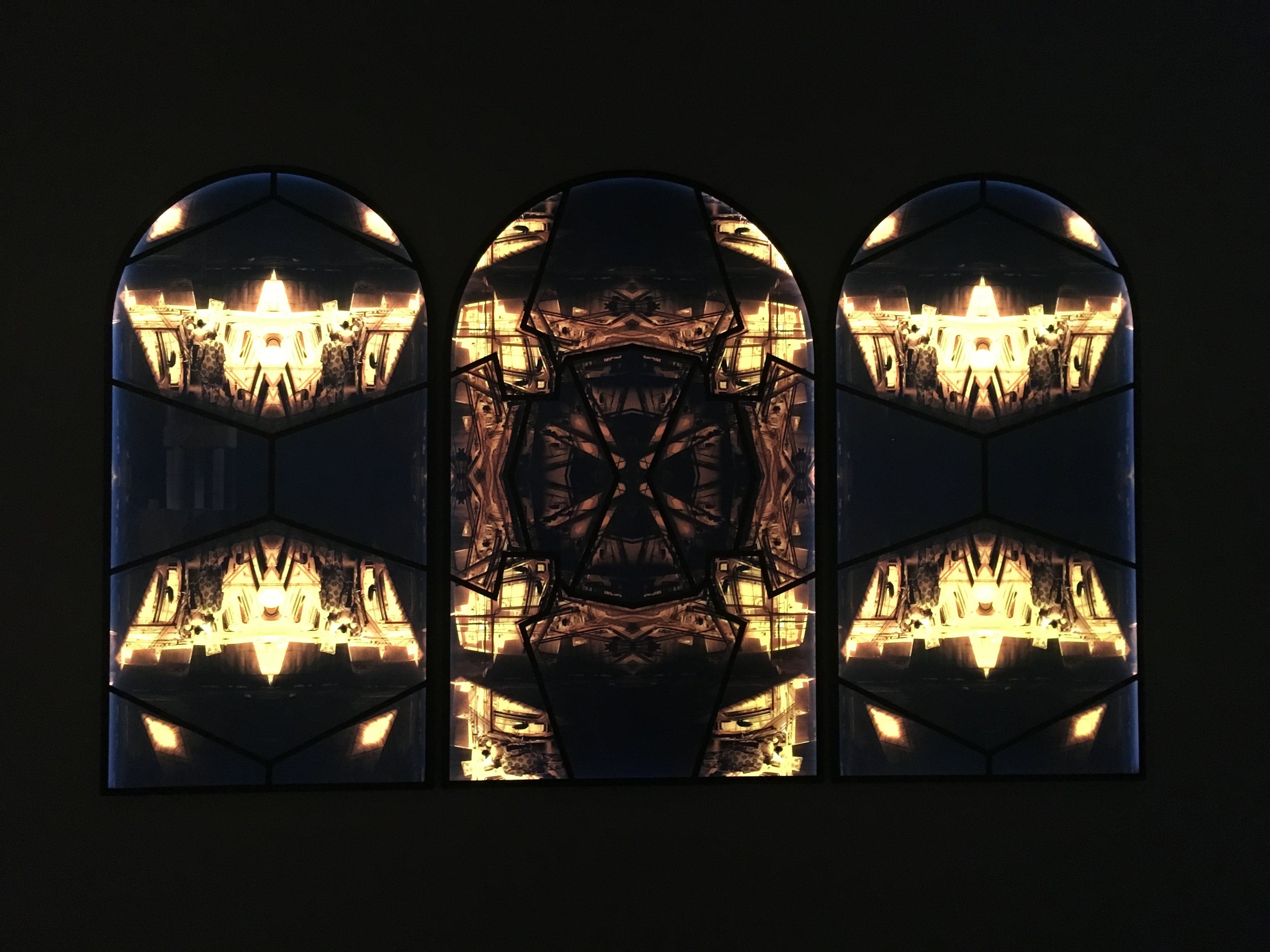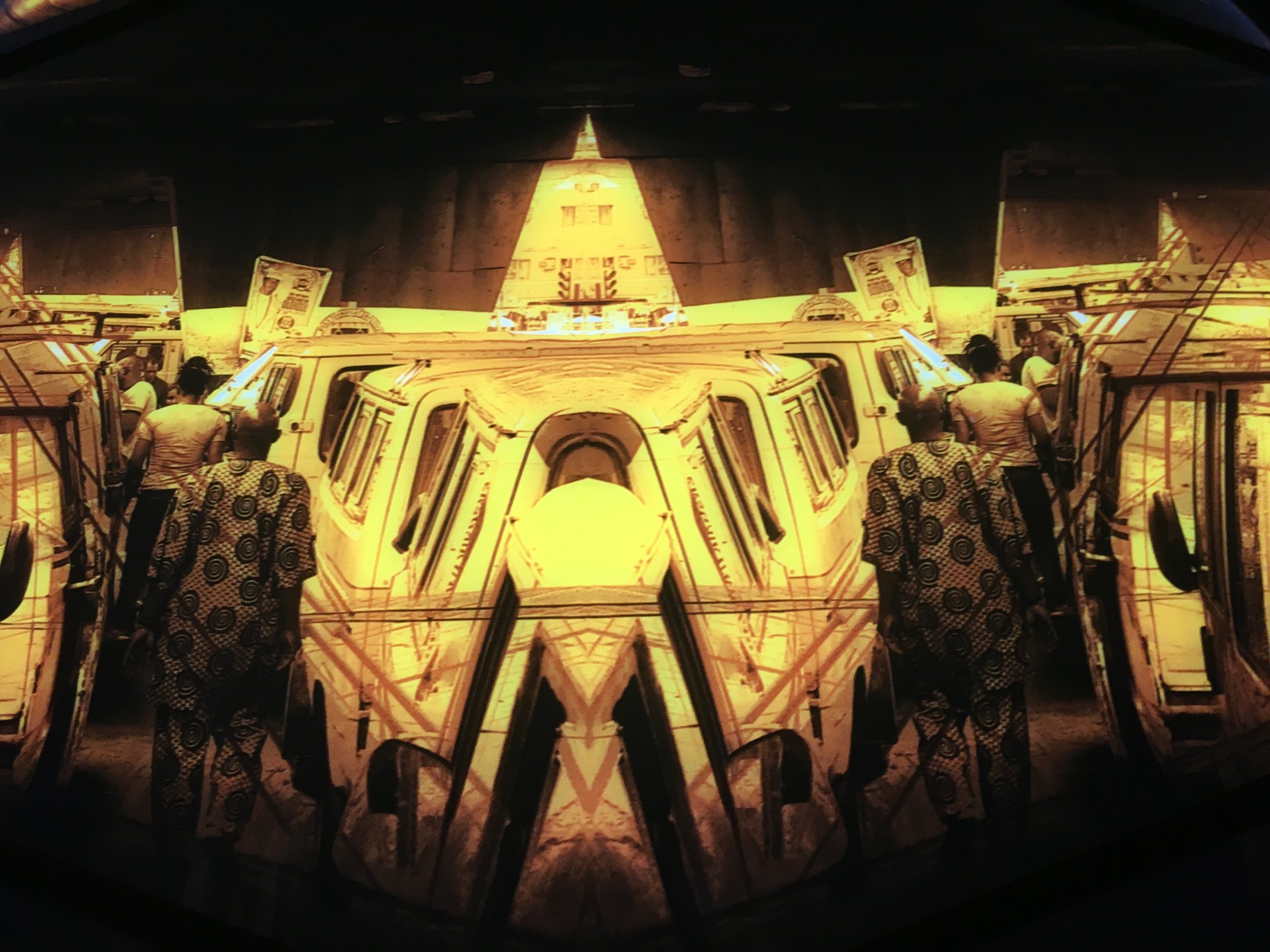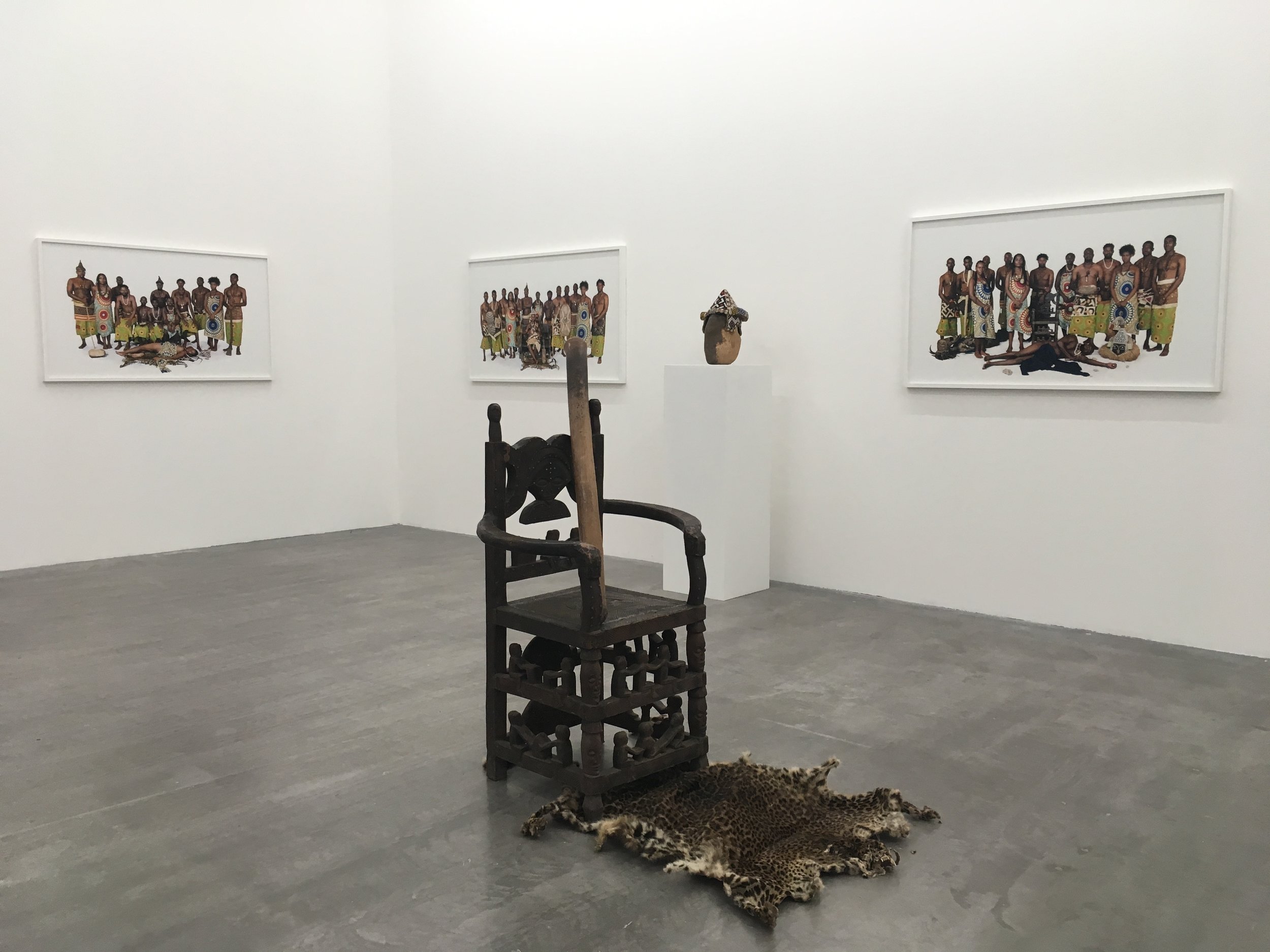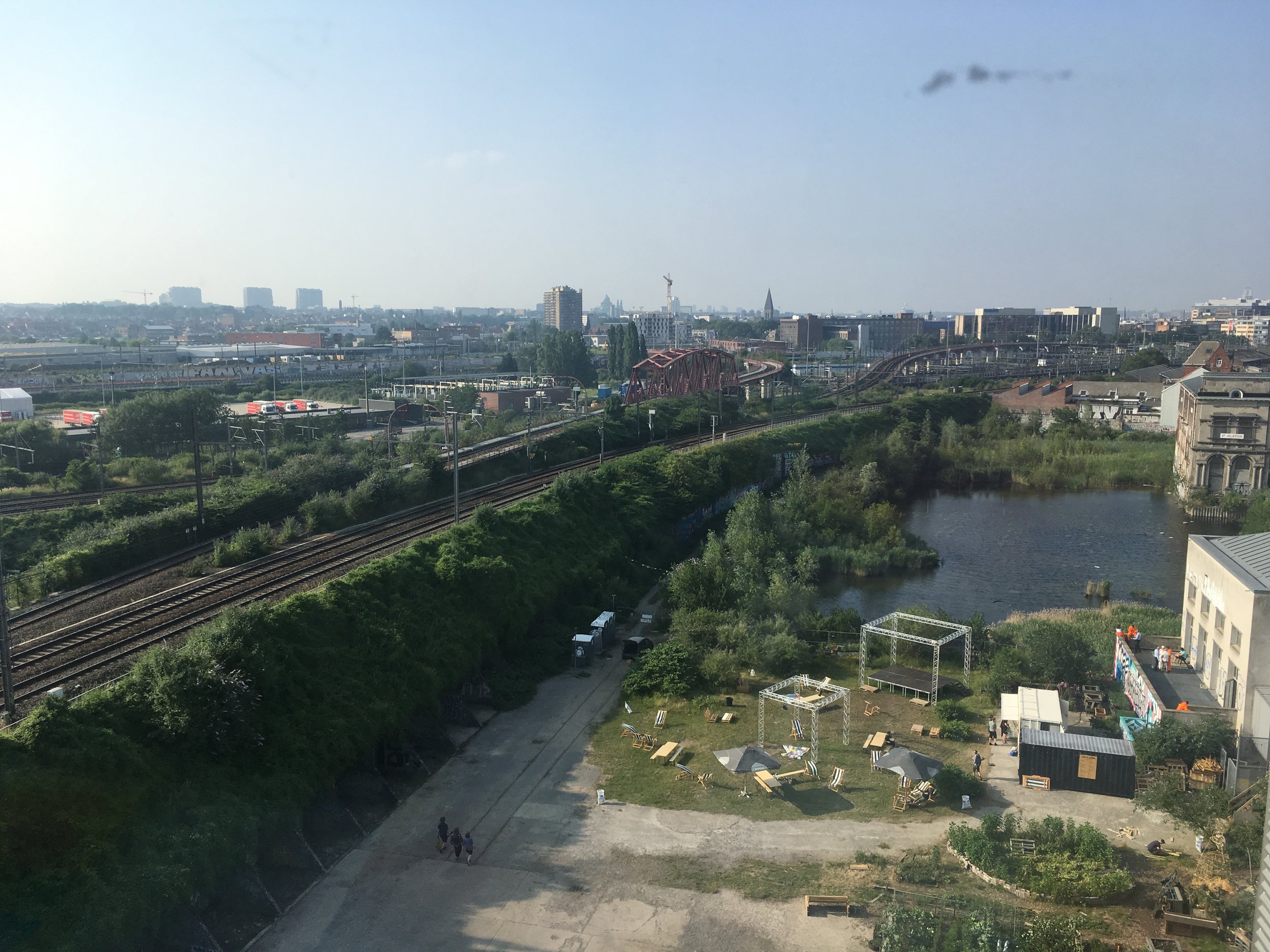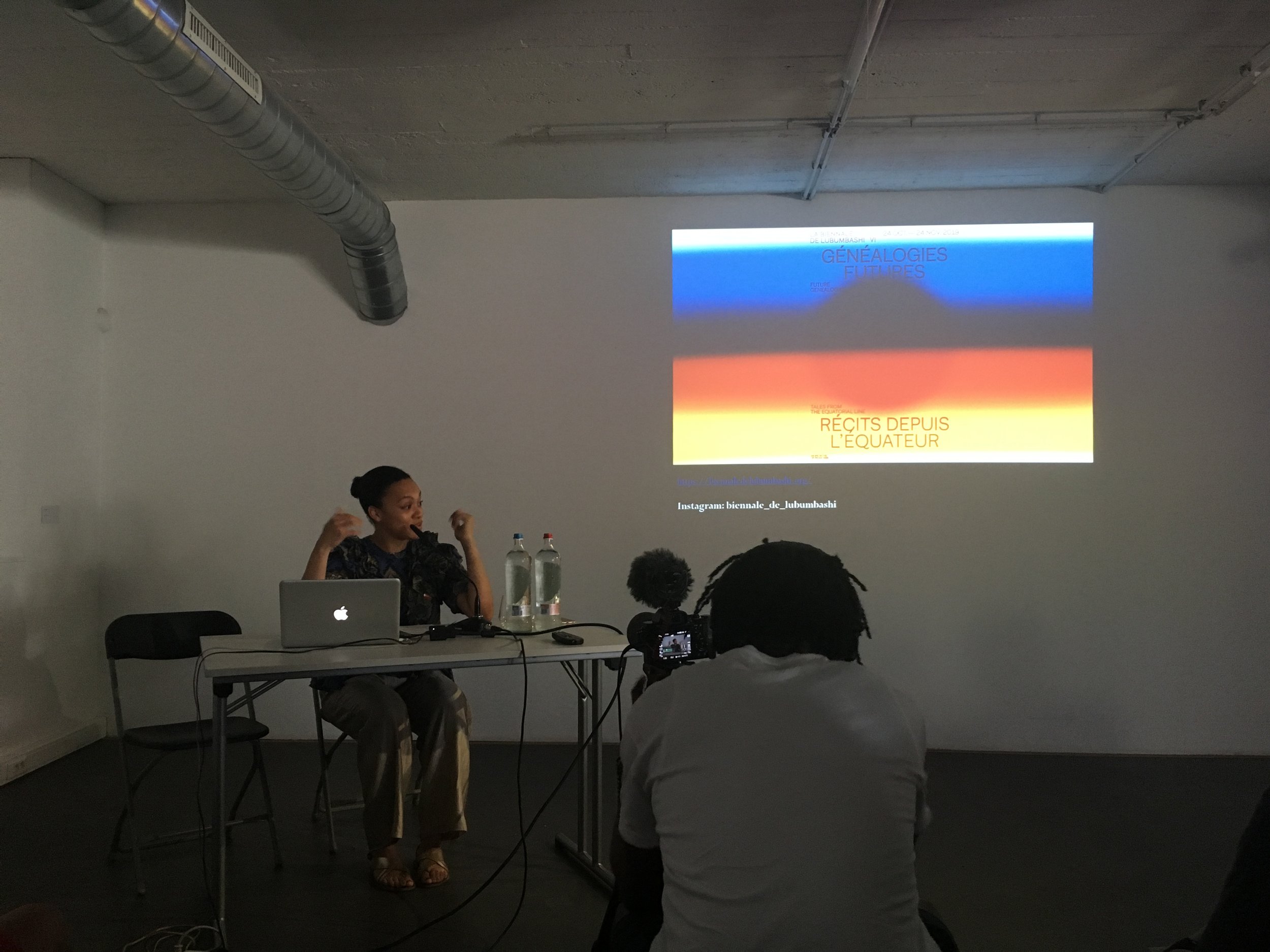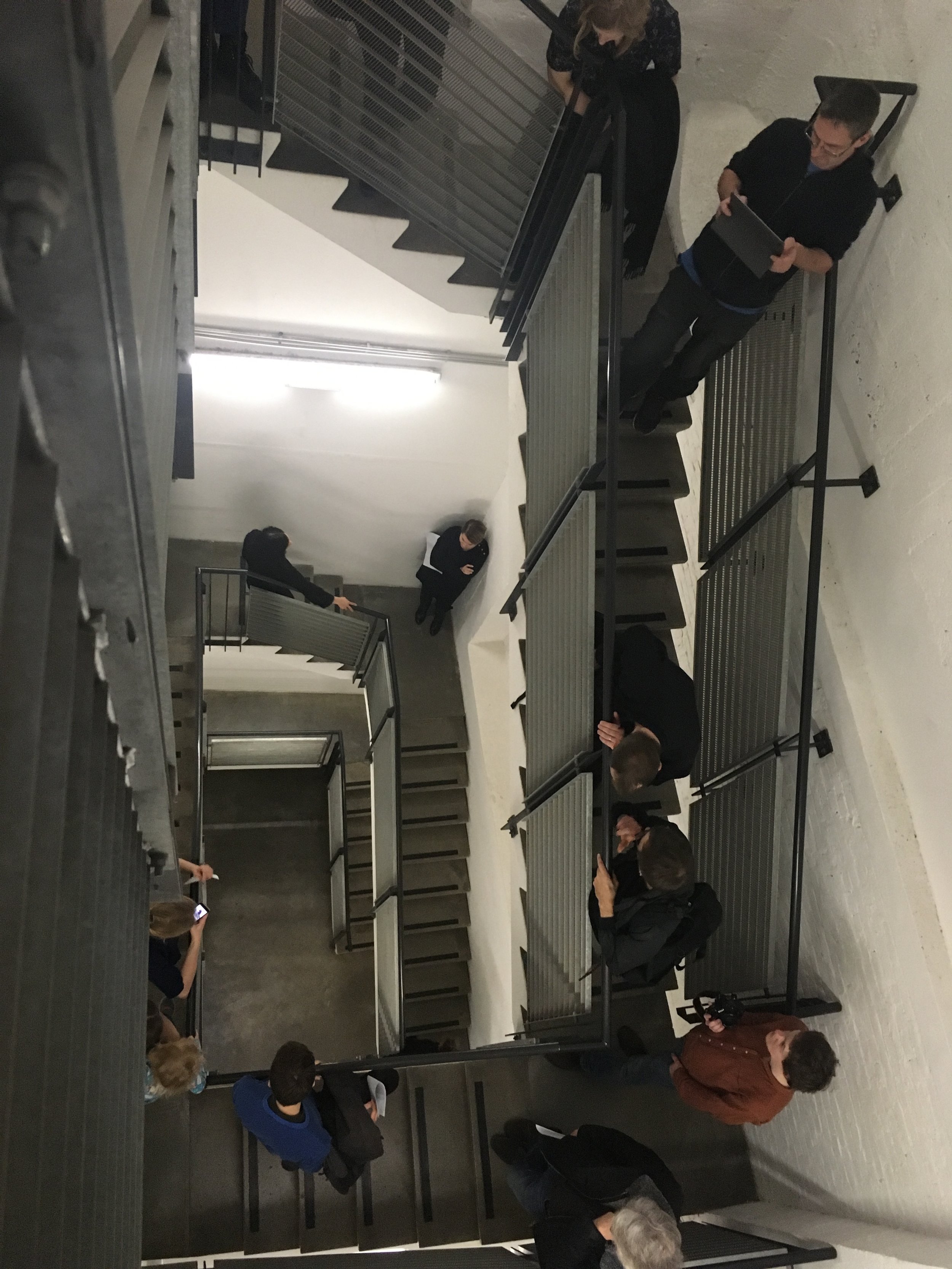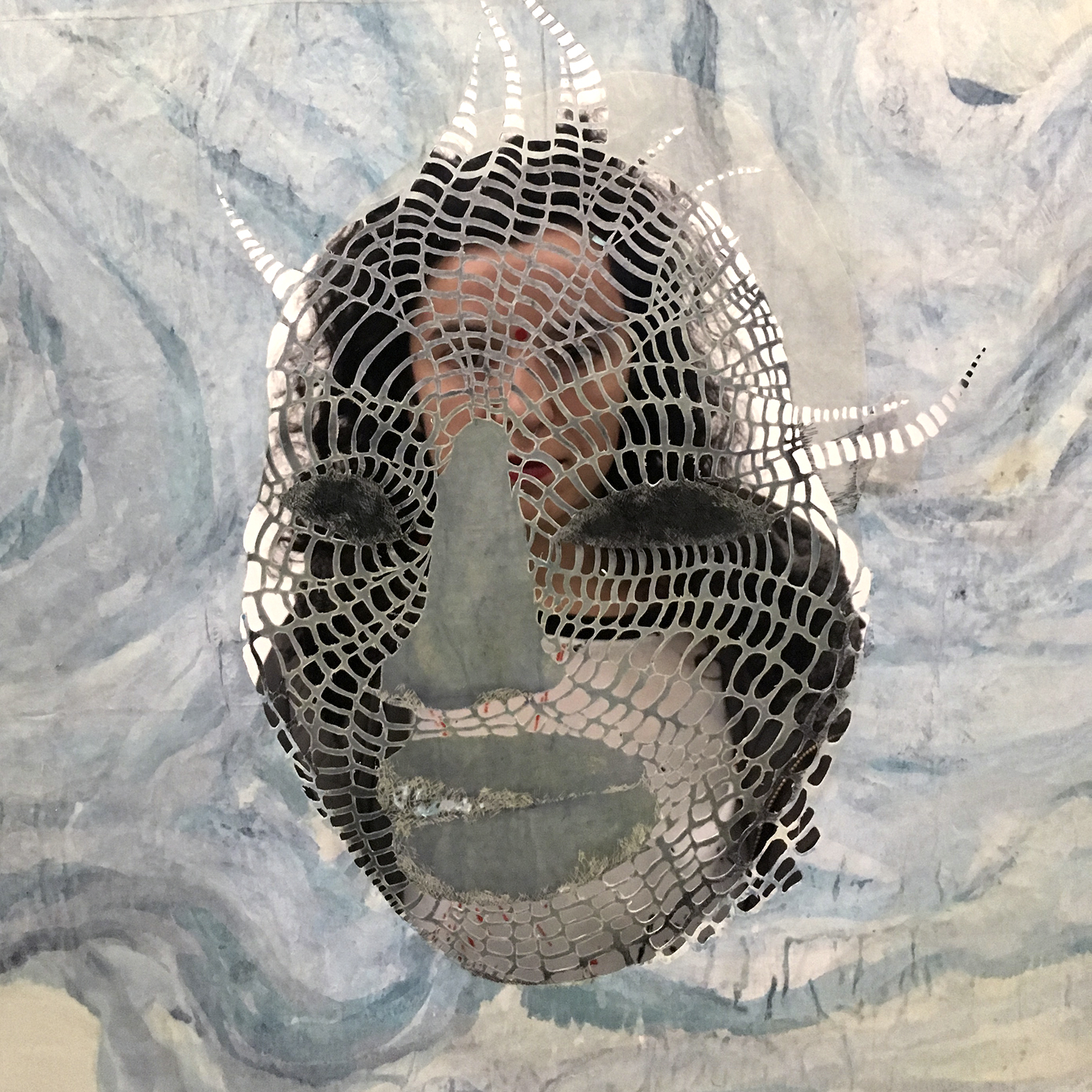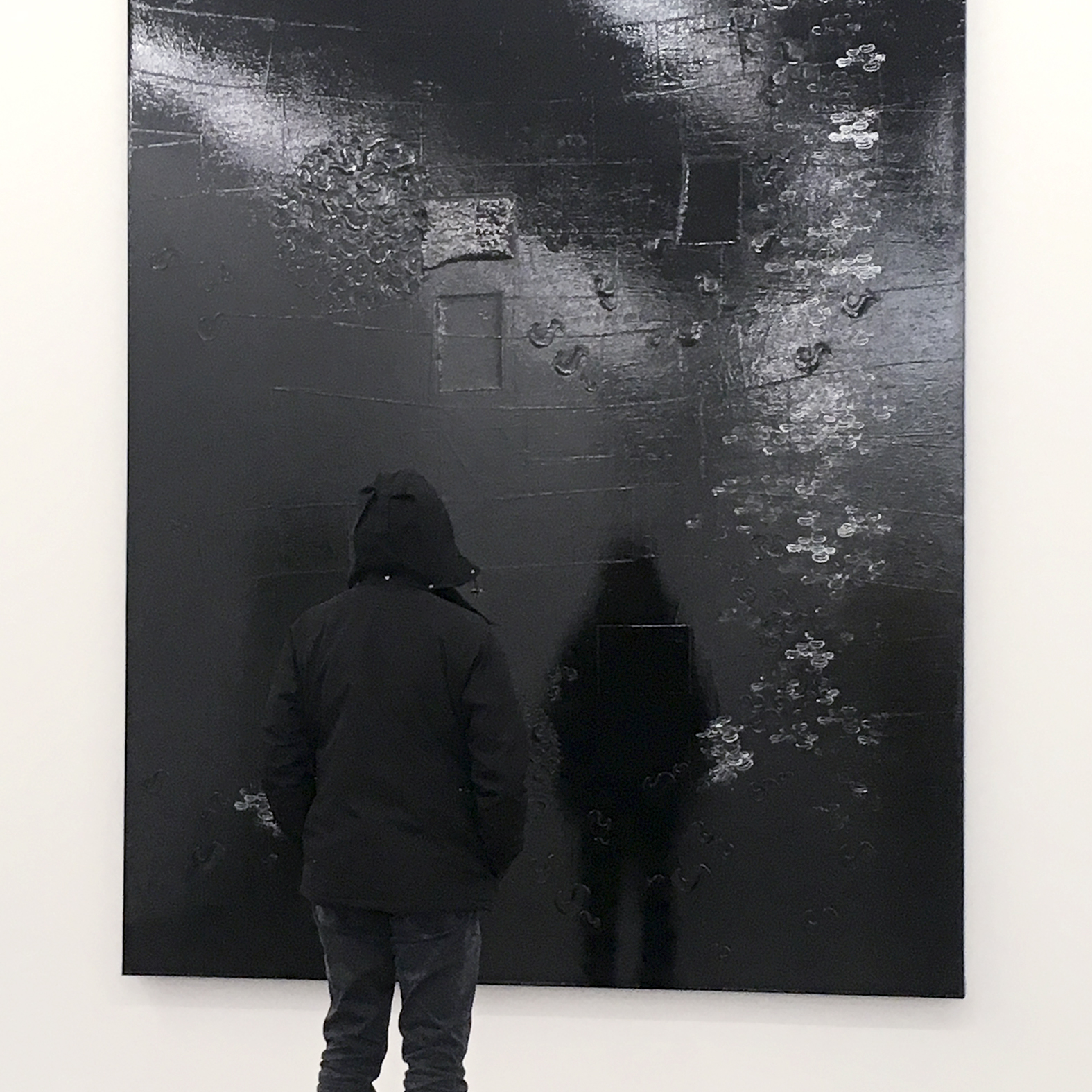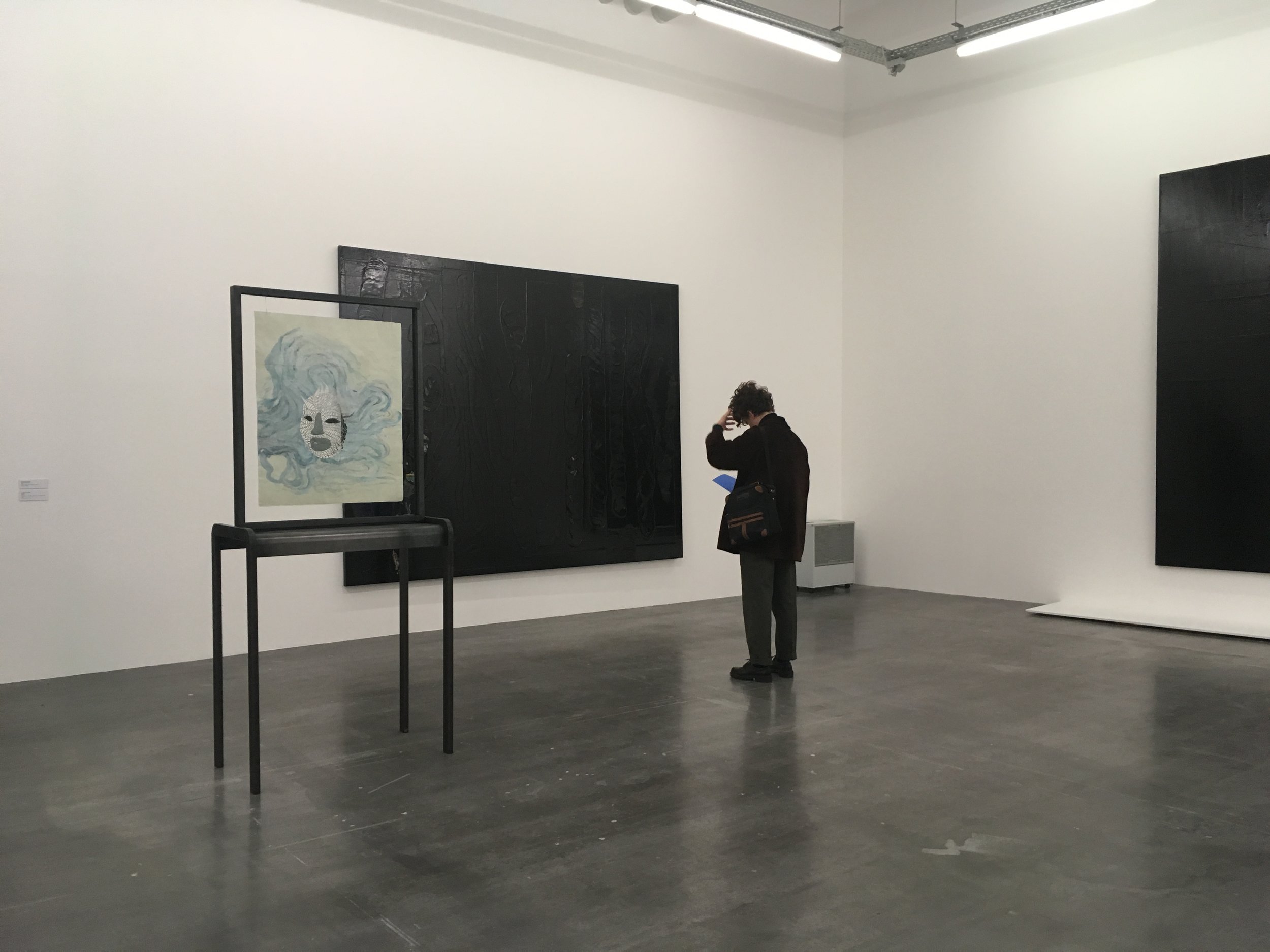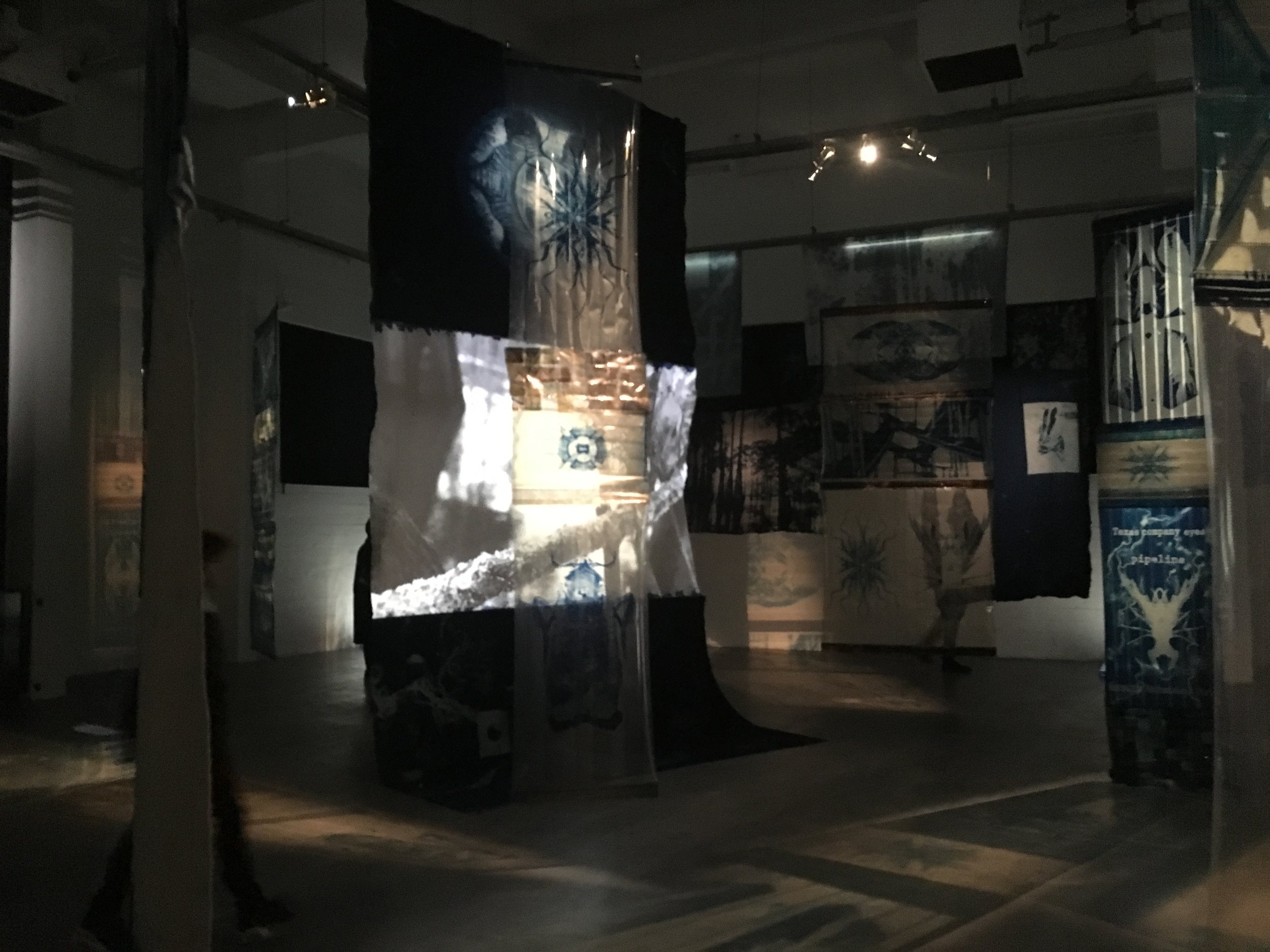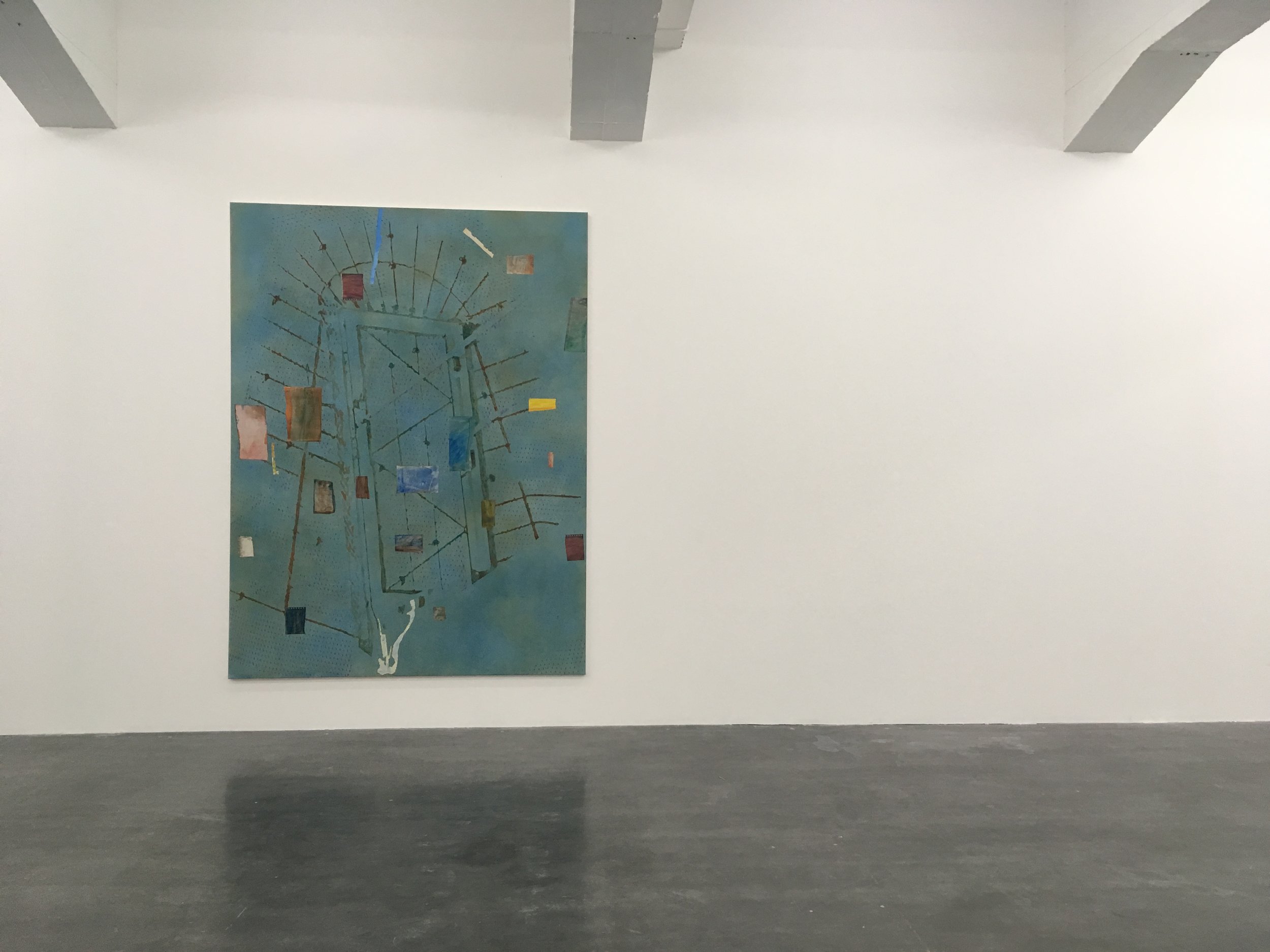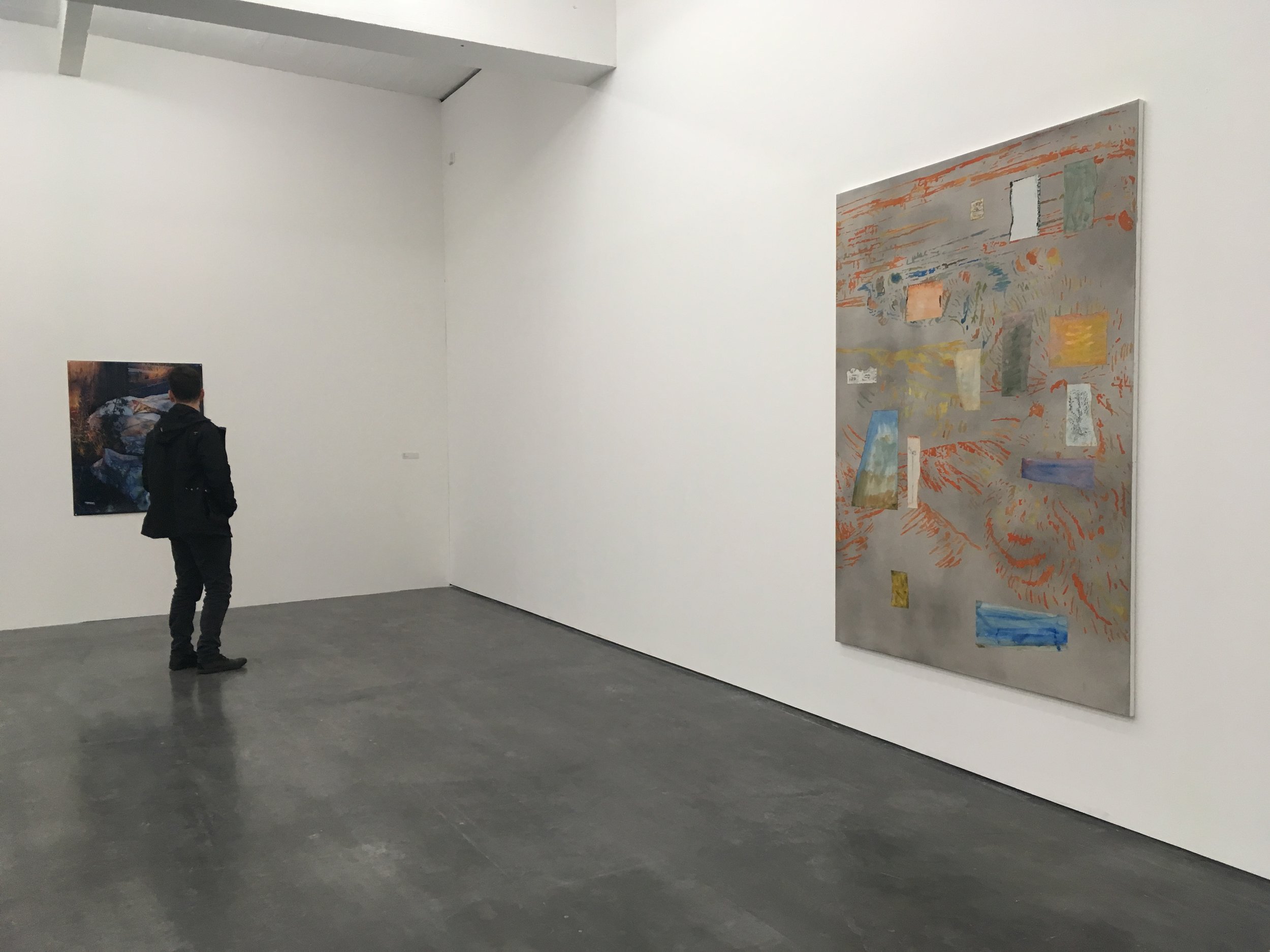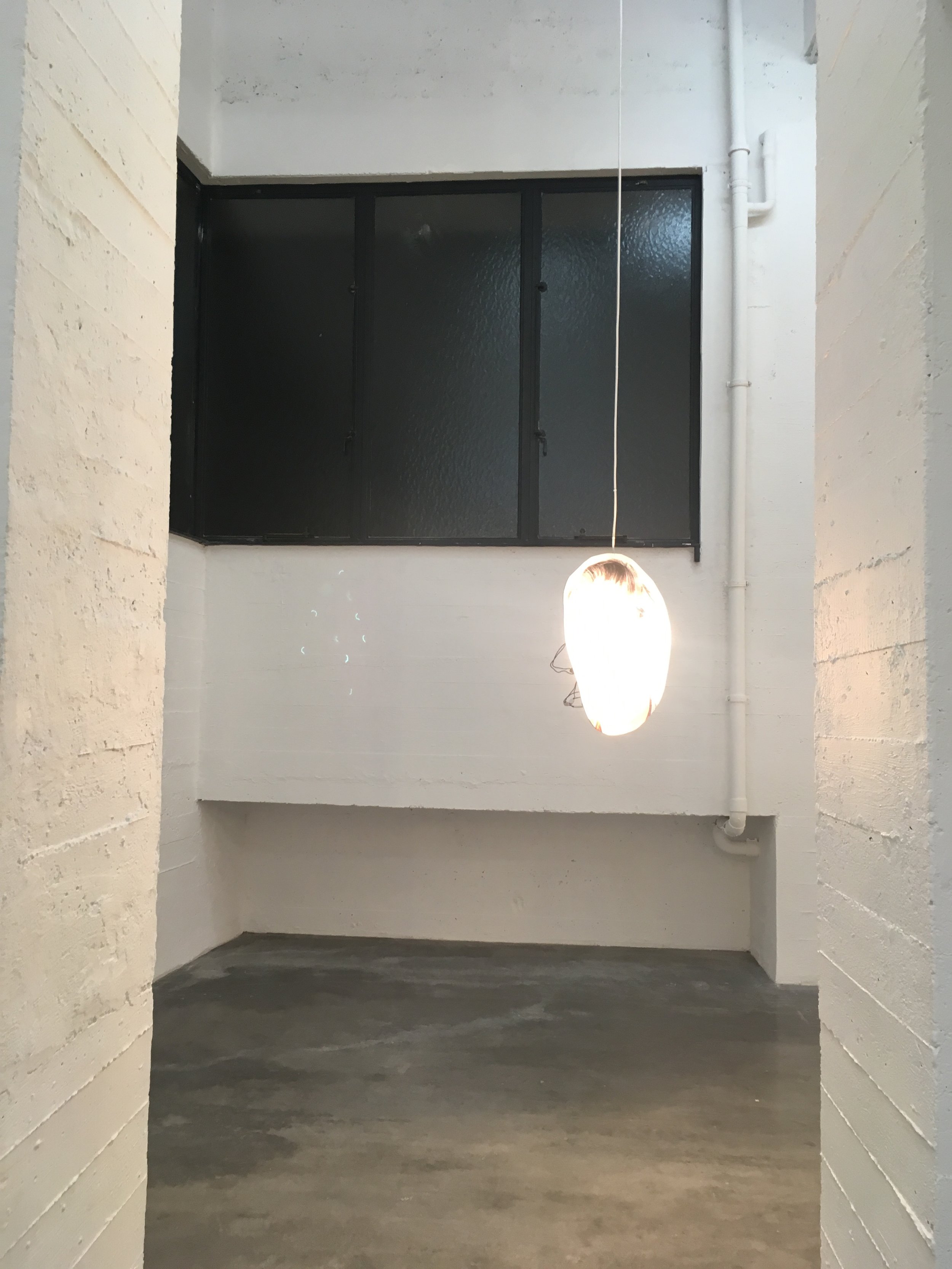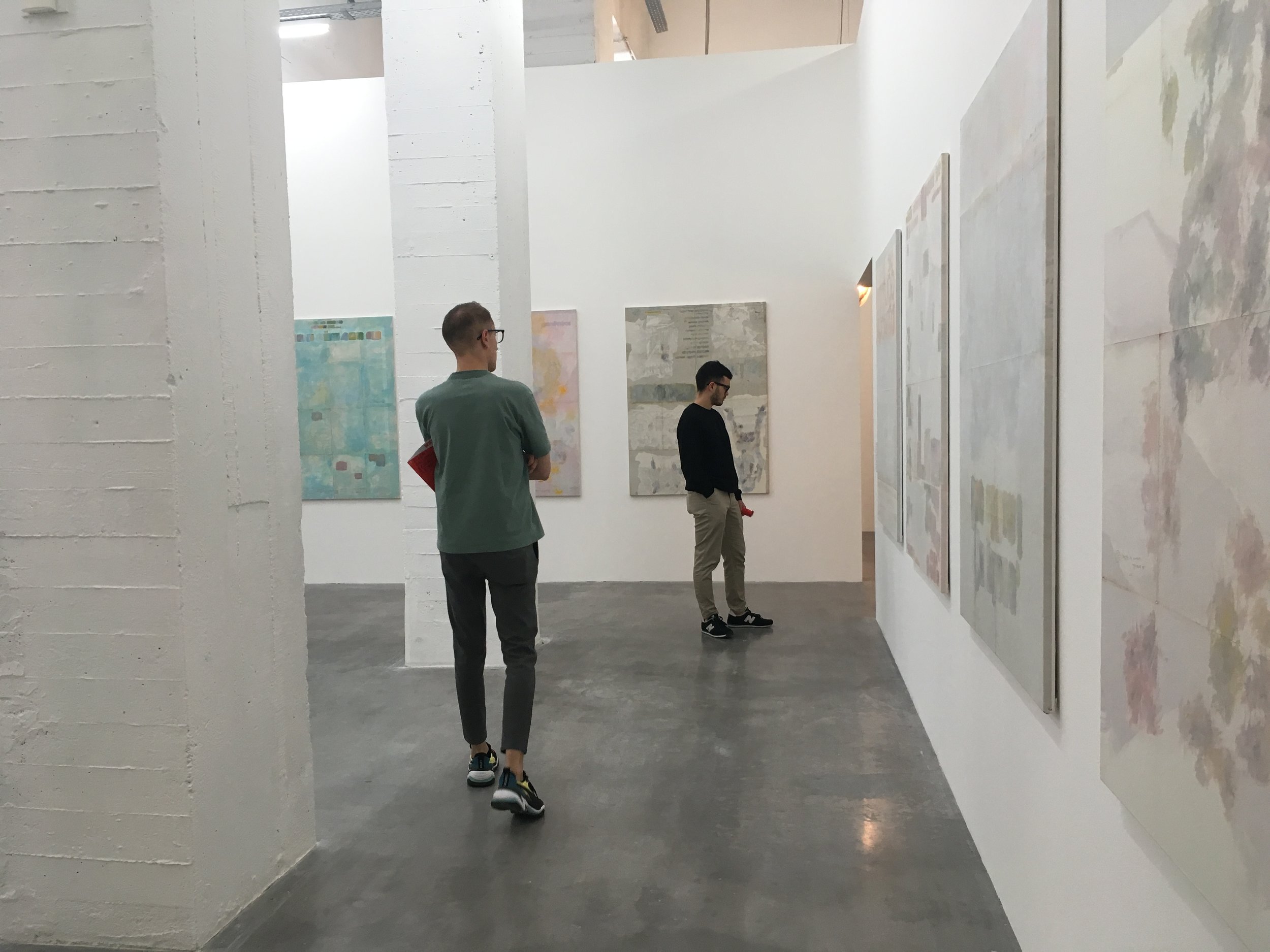Wiels, the contemporary museum institution for visual art with an internationally renown residency program. One out of the nine artist’s studios is always reserved for artists from the African continent for a residency from three to six months. Works from African residents between 2015 and 2019 are currently presented in the exhibition Multiple Transmissions: Art in the Afropolitan Age. The exhibition, curated by Sandrine Colard, shows works by eight different artists using diverse media. The presentation itself might be a bit mediocre, the discourse it is contributing to I find extremely important and exciting.
I grew up in a country dealing with the holocaust history. It’s quite different and a personal gain being in a country reflecting upon its colonial history as here in Belgium. I’ve the impression that in the art and culture fields it’s currently done intensively and in diverse ways. Only this year I have been to several multidisciplinary festivals dealing with the topic - Afropolitan Festival, Le FestivalCongolisation, Same same but different Festival at Vooruit in Gent and several others. Local and international culture producers in Belgium really want to face the part of history related to the colonialisation of Congo, which’s interrelations and mutual societal impacts in a way have never been ending.
At the presentation of the 6th edition of the Lubumbashi Biennale (24th of Oct. to 24th Nov. 2019) I was very happy to understand everything, even though it were one and a half our talks by the curators and artists in French. The Biennale is an ambitious and more than important project within rewriting histories and facing current hegemonies within the international art economy. Out of the meanwhile more than 300 art biennials worldwide, only 15 of them take place on the African continent. The more important is the emphasis on that projects and voices, as well as the exchange between diverse local and international artists and art producers.
For the whole blog of the brusselsARTproject click here.
